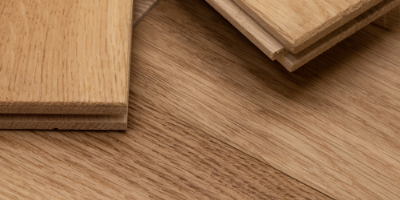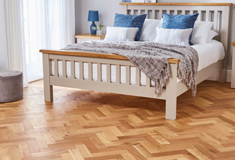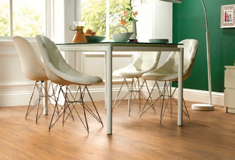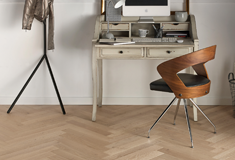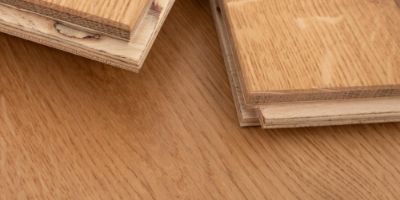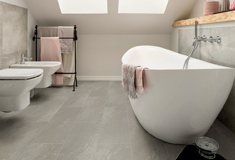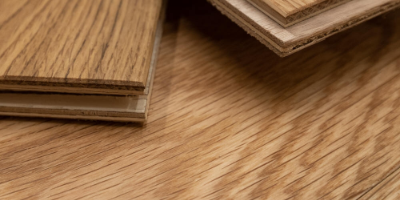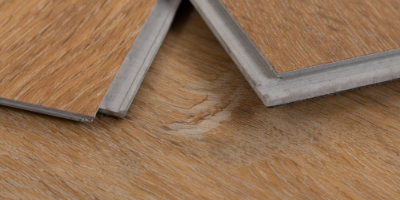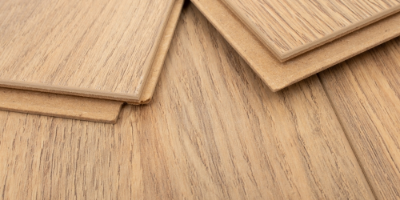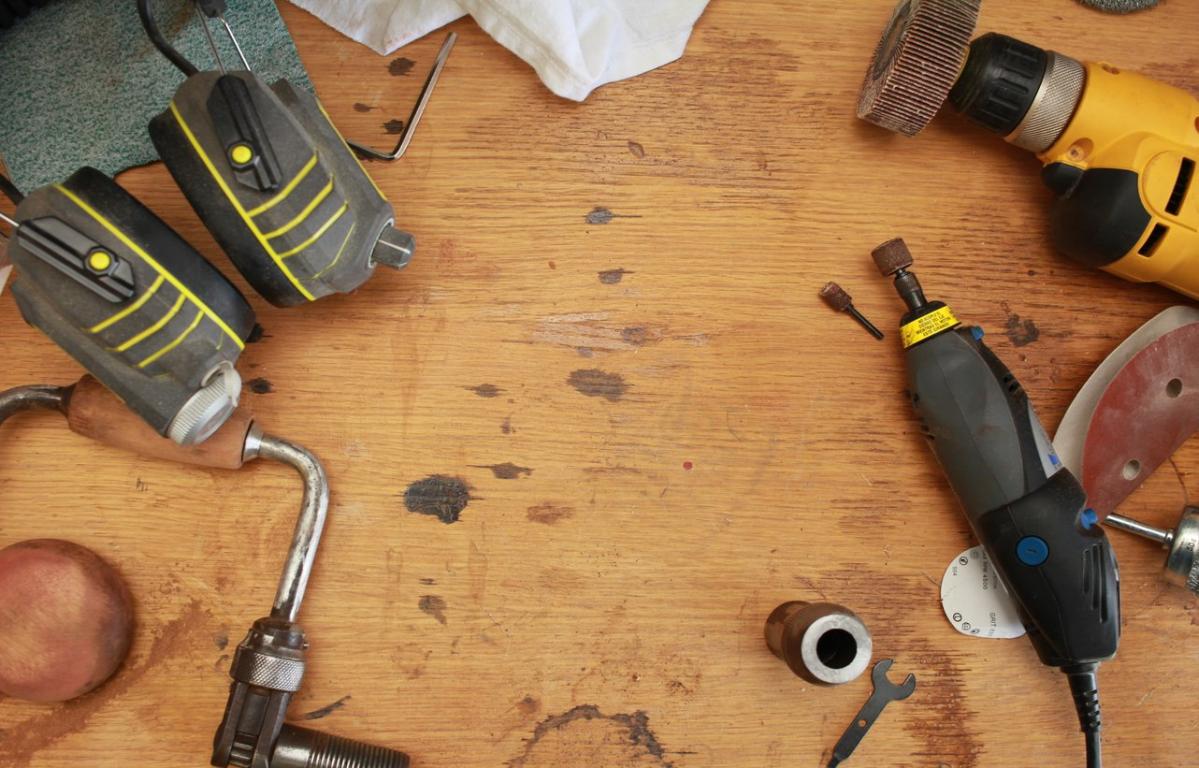Preparing Your Subfloor For New Flooring
When we are ready to install a new floor, we often forget that the things that we don’t see are as important as the ones we can see. We are of course referring to the subfloor, the foundation of any floor and one of the main factors that determines how long your new installation will last and retain its beauty. If you feel a bit confused and you don’t really know how to prepare your subfloor, here are some tips to help.
Clean the Subfloor
To start with, you should make sure your subfloor has been thoroughly cleaned. It needs to be free of any debris such as wax, grease, paint or oil, as well as protrusions such as nails. A clean subfloor also needs to have been levelled if concrete, or sanded if wood for example. More information about cleaning subfloors can be found in our installation guide here. Cleaning a subfloor is important not only for keeping it in good condition, but also because it prevents you from ending up with an uneven floor.
Assess the Subfloor Structure
The floor can only be installed once you make sure the floor will be even, by making sure the structure of the subfloor is sound. If you have a wooden subfloor, you can do this by checking the plywood sheets are not loose nor squeaky. If you find out some are, you need to firmly secure them by screwing them into the floor joists. With concrete, it is important you use a self-levelling compound if the floor needs evening out. It is also important to know the thickness of the subfloor, as the thicker it is the more stable it will be. Ideally, 2 cm or thicker is best.
Keep Moisture To A Minimum
Too much moisture from your subfloor could damage your new flooring once installed. Especially with hardwood flooring, if there is too much moisture in the subfloor, it can penetrate the flooring above and the wood will swell and warp, damaging the boards permanently. Even with engineered or laminate flooring, water can damage the core of the boards - this flooring may be water-resistant, but not totally waterproof. A way to prevent this is by installing a damp proof membrane (DPM), which is common in underlays, and can be found on our website. We recommend these with all suitable flooring types just to be on the safe side. To test the level of moisture on your subfloor, there are moisture kits available for purchase. We then recommend talking to the manufacturer to find out if their floor is suitable for the level of moisture you have recorded.
Install the Floor
Now the moment of truth has arrived! After preparing your subfloor, you can finally install your flooring; we recommend starting from the centre of the room so planks lay better. How do you find the centre? The easiest way is by marking the centre of each wall and connecting opposite marks with a line down the centre of the room. You should end up with a cross shape, and the point where the lines meet is the centre of the room. You can then lay the floor from the centre towards the exteriors.
So there you have it - an easy way to prepare your subfloor to ensure your floor will be perfect as possible!
Have Your Say
Do you have any tips to share with us about how to prepare your subfloor? Let us know the comments section!
Find us on Facebook, Twitter, and Instagram for more news, blog posts, and great content.

